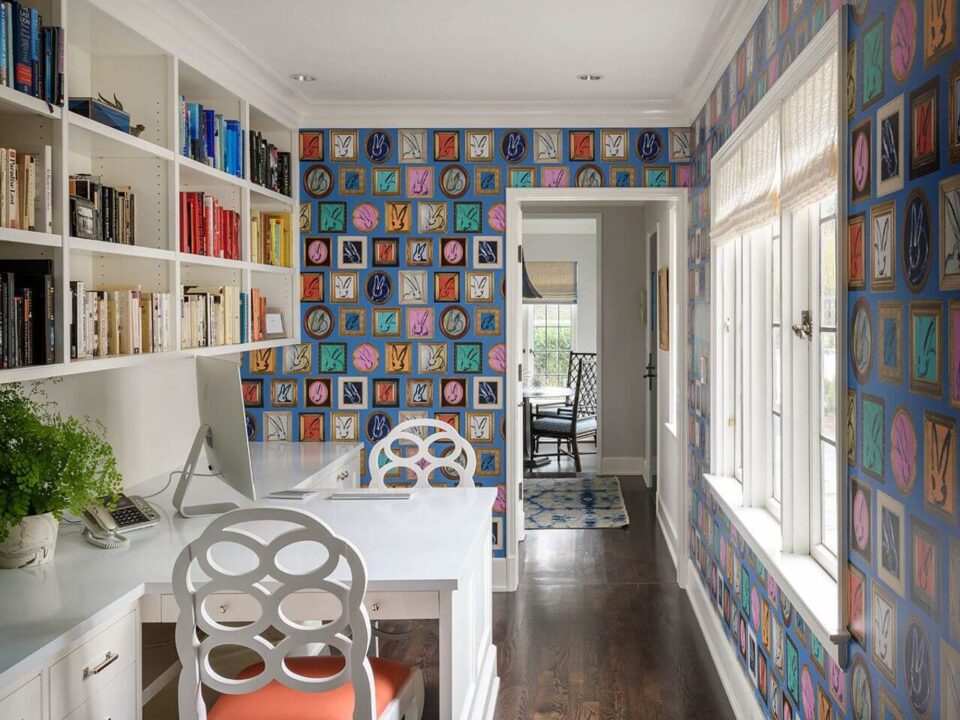Finding ways on how you can brighten your study room isn’t an easy task, especially if you’re moving into a new home. This is true if there are no big windows in your place to let natural sunlight in.
A study room must receive the right amount of light. This is the place where you study, review, and use your personal computer. Having said this, your study room must be peaceful and well-lit so you can read and relax with ease.
Can you still recall when someone told you when you’re young that reading in a dark place could hurt your eyes?
Health experts agree that there’s no enough evidence to prove that reading in a dark room might damage your vision.
Having sufficient light, however, can minimize the short-term effects of reading such as headache and eye strain. It can also make your reading more fun and enjoyable.
The good thing is there are lots of methods on how you can decorate your study room to turn it into a brighter area.
Figuring out the proper amount of lighting can be overwhelming but fun. Choosing the right furnishing fabric for a brighter study room is essential too.
How can you have a brighter study room?
Table of Contents
Here are five lighting tips you can follow to help you brighten your study room.
1. Use lighter window treatments
Choose shades that complement the brighter and lighter colours of your walls rather than using heavy curtains which can make a room look much darker. Attach the patterned fabric to the window coverings to highlight the look.
The blinds can be lifted when the sun is out to brighten up your study room.
Aside from using light drapes, you can also try hanging vertical or horizontal blinds like Hunter Douglas Shutters that are good for reflecting the sun’s rays. These window treatments are particularly appropriate if the windows of your study room are located on the south or west side.
2. Choose light-coloured furnishing fabrics
The colour of furnishing fabrics has a huge impact on the lighting of your study room.
Most of the time, you choose your furniture based on your style and preference. This is normal but you must also think about how the furniture can impact the lighting condition of your study room.
A huge, navy or grey sofa isn’t suitable. A chic and compact couch in a lighter shade like ivory, white, or beige will make your study room feel and look more spacious.
Avoid walnut wood cabinets and tables too.
3. Select a low-to-ground furniture
Stuffing your study room with bulky furniture will cast shadows, resulting in a room that looks even darker. Make sure to purchase minimalist furniture that is low to the ground to prevent this.
Set your furniture to a maximum height and ensure that each of them falls below the set height.
Get rid of the bookcase as much as possible no matter how awesome it is. Leave enough space between the pieces because the empty spots will make way to lighting opportunities.
4. Paint your walls with the appropriate colour
Colour plays a crucial role in the way your room looks bright or dark. Even white has various shades that influence an area’s mood and setting. A creamy white, for instance, will signify a lighter hue than a white with a blue cast applied to it.
Colours like red or yellow are warm and light, whereas silver or blue will brighten a room with a more cooling impact.
Therefore, paint your walls with pastel colours for a more soothing ambiance and continue using warmer shades if you prefer a more uplifting effect.
5. Add ambient lights
It’s a great idea to use artificial lights in your study room if there’s an insufficient amount of natural light.
Place desk or table lamps so its bottom part is at eye level when you sit. Use floor-level lights pointed upwards towards plants or prints to add character to the room. Put a mirror to raise and reflect the amount of light.
Any source of light must be in your front when you’re reading or studying to lessen shadows. A desk light works well for this situation.
It’s difficult to focus when you’re studying with dim lighting. Reading in a dark place can lead to headaches and eye strain. It can also impact your study habits, resulting in low grades.
Having appropriate and sufficient lighting is vital in your study room.
Make your study room livelier and well-lit to increase your productivity with the five tips mentioned above.

